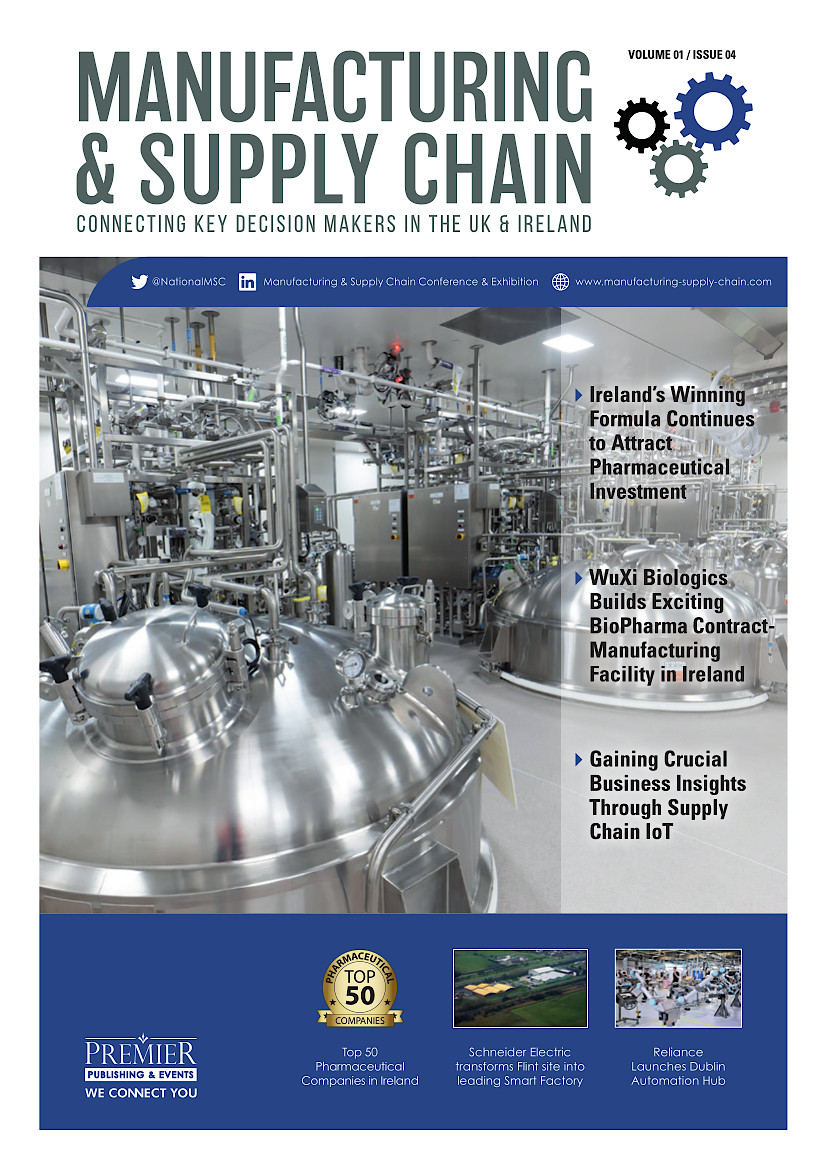Nestlé Reports Full Year Organic Growth of 4.6% But Net Profits Slip

Nestlé has reported a 2.7% rise in sales to SFr 92.2 billion (Eur75.4 billion) for 2013, impacted by negative foreign exchange of 3.7%. Organic growth was 4.6%, comprising 3.1% real internal growth and 1.5% pricing. Acquisitions, net of divestitures, added 1.8% to sales.
Net profit at SFr10.0 billion was down slightly due to the costs of portfolio restructuring and the currency impact. As a consequence, reported earnings per share were SFr3.14, down 2.2%. However, underlying earnings per share in constant currencies were up 11.0%.
The group’s trading operating profit was SFr14.0 billion, representing a margin of 15.2%, up 20 basis points versus last year, and up 40 basis points in constant currencies. Nestlé Continuous Excellence again delivered more than SFr1.5 billion in efficiencies in all areas of the business. This, together with reduced structural costs, enabled the group to increase brand support and absorb higher restructuring costs.
Paul Bulcke, chief executive of Nestlé, comments: “The macro-environment in 2013 was one of soft growth, minimal in the developed world and below recent levels in the emerging markets. Our response was to increase brand support, accelerate innovation, and to ensure our pricing was sensitive to consumer needs. This gave impetus to our real internal growth and, together with efficiencies and structural cost savings, contributed to our margin improvement and strong cash flow. We also intensified our portfolio management which resulted in some charges in 2013 but ensures we are putting our people and resources behind the best opportunities.”
He continues: “Last year was challenging and 2014 will likely be the same. We will continue to be disciplined in driving our performance in line with the Nestlé Model of profitable growth and resource efficiency. I therefore expect our 2014 performance to be similar to last year and again weighted to the second half, outperforming the market, with growth around 5% and improvements in margins, underlying earnings per share in constant currencies and capital efficiency.”
The Nestlé Group’s organic growth was broad-based – 5.1% in the Americas, 0.8% in Europe and 7.4% in Asia, Oceania and Africa. Nestlé’s business in developed markets grew 1.0%, achieving sales of SFr51.4 billion. Emerging markets business grew 9.3%, delivering sales of SFr40.8 billion. Real internal growth was 2.1% in the Americas, 1.9% in Europe and 5.9% in Asia, Oceania and Africa.
Nestlé’s Zone Europe business achieved sales of SFr15.6 billion, reflecting organic sales growth of 0.8% and real internal growth of 2.2%, The trading operating profit margin fell 40 basis points to 15.0% due to the costs of restructuring and increased investments behind the strategic growth platforms. The Zone outperformed the market with positive growth in a no-growth environment.
 The innovation and premiumisation strategic platforms underpinned growth with Nescafé Dolce Gusto and confectionery being key contributors. Growth for ice cream in Russia and France, as well as the Mövenpick brand, compensated for softer growth in that category elsewhere. In frozen pizza, Wagner and Buitoni accelerated through the year. Nescafé Gold delivered double-digit growth in Russia and other Eastern European markets. KitKat was another highlight, again in Russia and in the Great Britain region. Nesquik had a strong year across most markets. Petcare had an extremely good year with momentum across the Zone producing high single-digit growth. Felix, Proplan, Purina ONE and Gourmet were among the key drivers.
The innovation and premiumisation strategic platforms underpinned growth with Nescafé Dolce Gusto and confectionery being key contributors. Growth for ice cream in Russia and France, as well as the Mövenpick brand, compensated for softer growth in that category elsewhere. In frozen pizza, Wagner and Buitoni accelerated through the year. Nescafé Gold delivered double-digit growth in Russia and other Eastern European markets. KitKat was another highlight, again in Russia and in the Great Britain region. Nesquik had a strong year across most markets. Petcare had an extremely good year with momentum across the Zone producing high single-digit growth. Felix, Proplan, Purina ONE and Gourmet were among the key drivers.
In Western Europe, highlights were the Great Britain region, Switzerland, the Netherlands, Belgium and Austria. Southern Europe continued to experience weak consumer confidence.
Among Central and Eastern European markets Russia was a highlight. The region produced robust real internal growth despite difficult economic conditions and intense price competition.




























